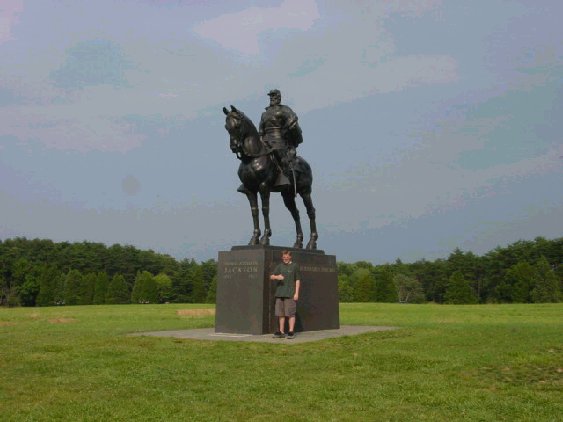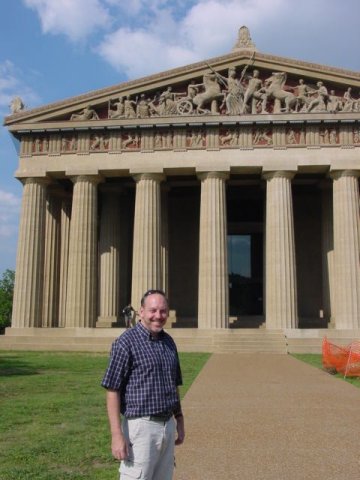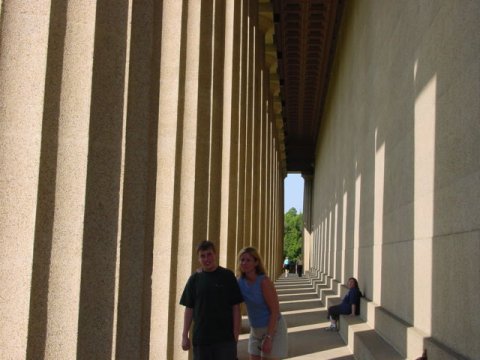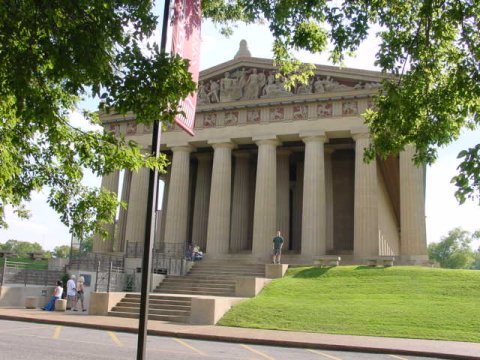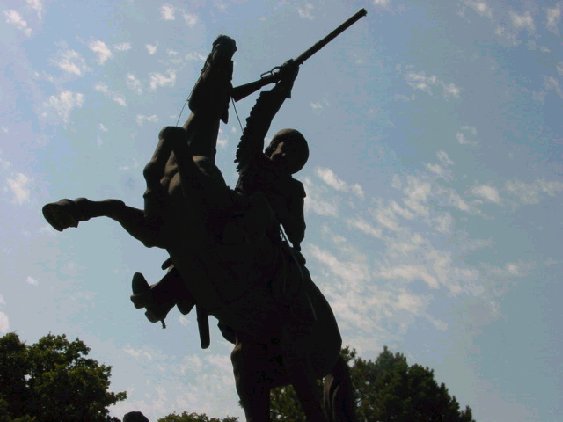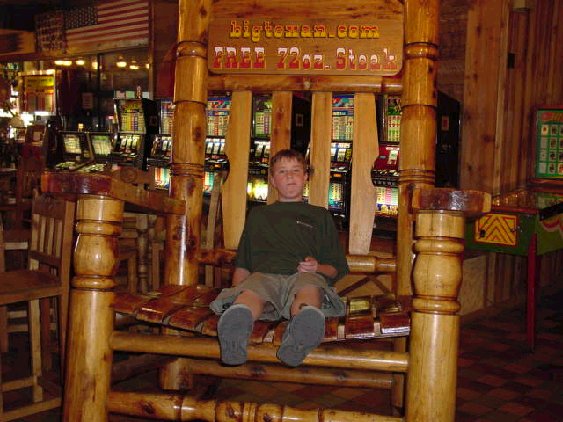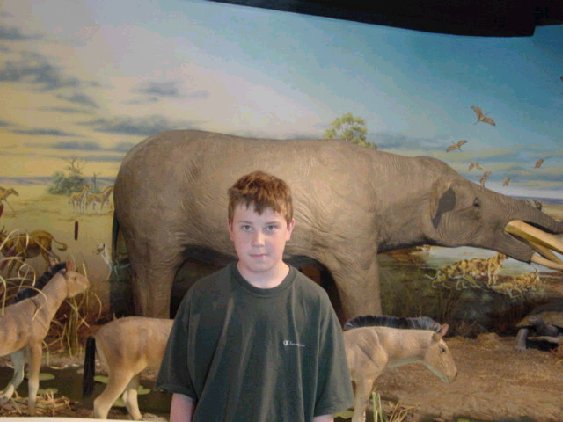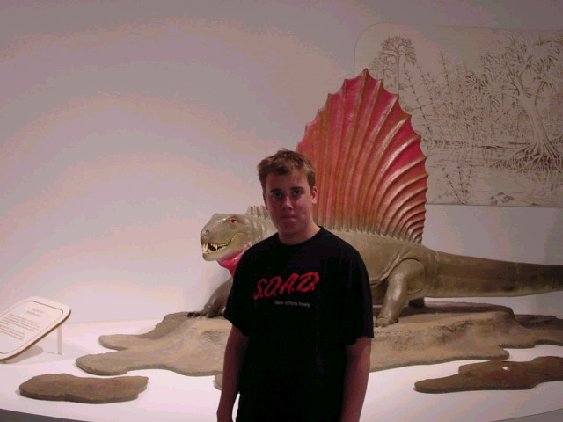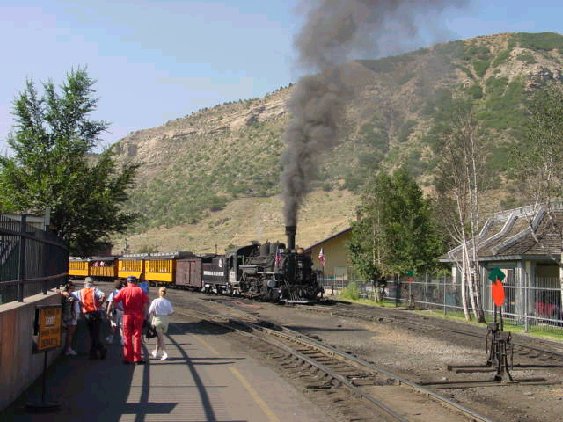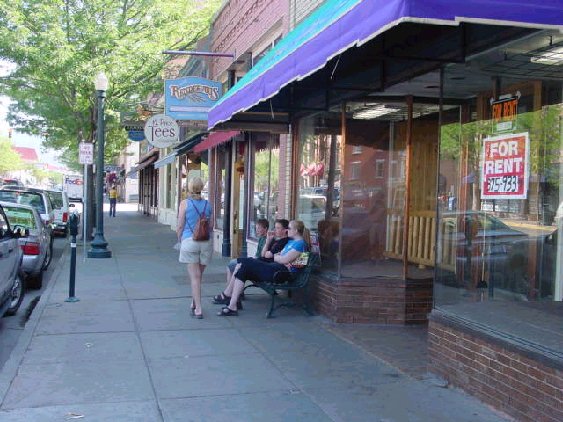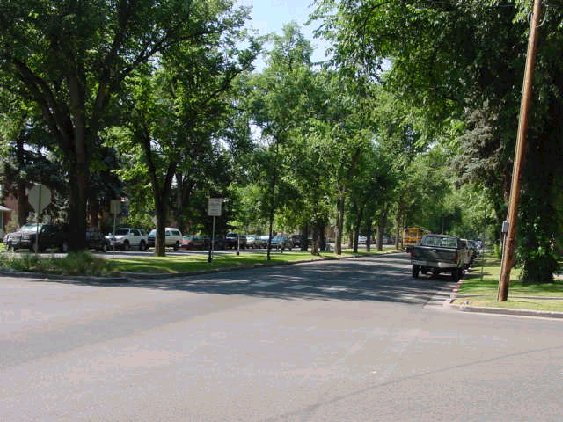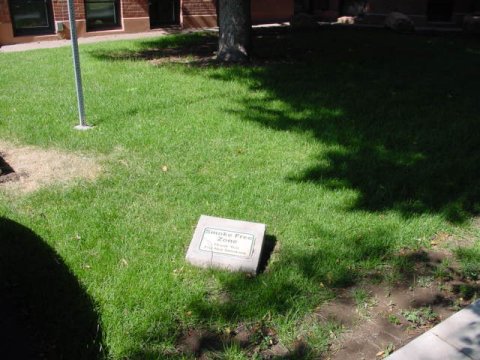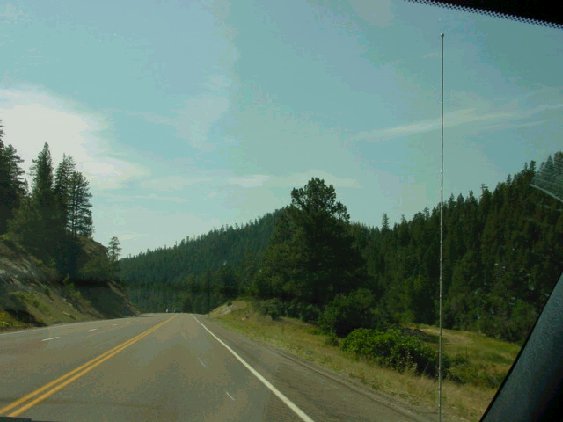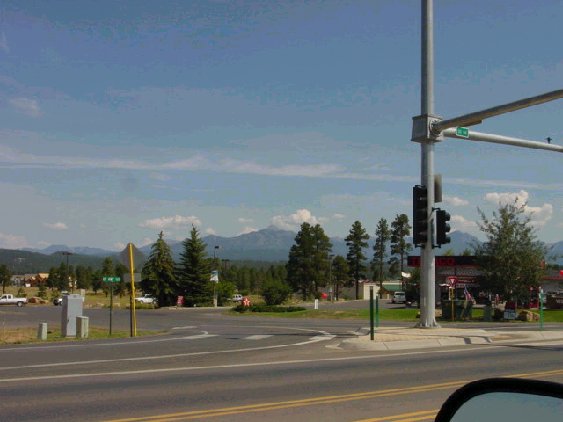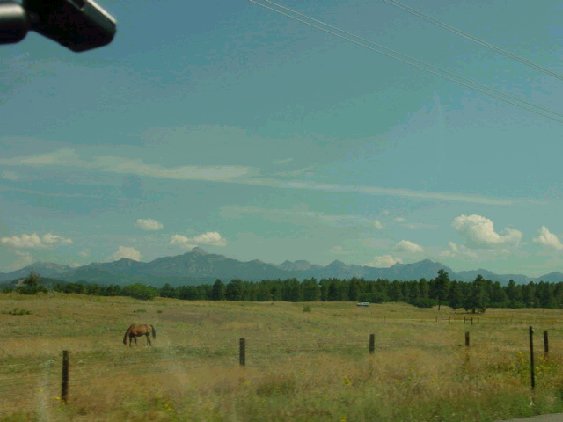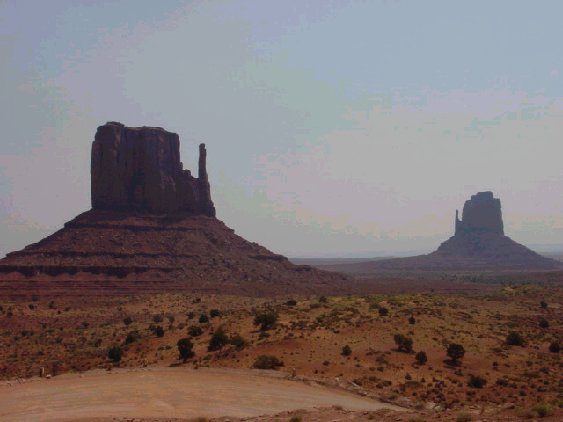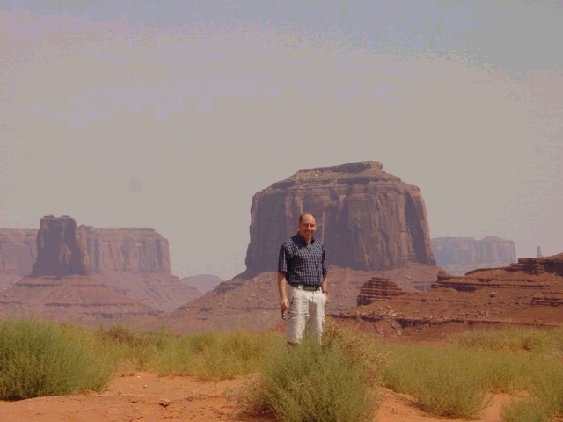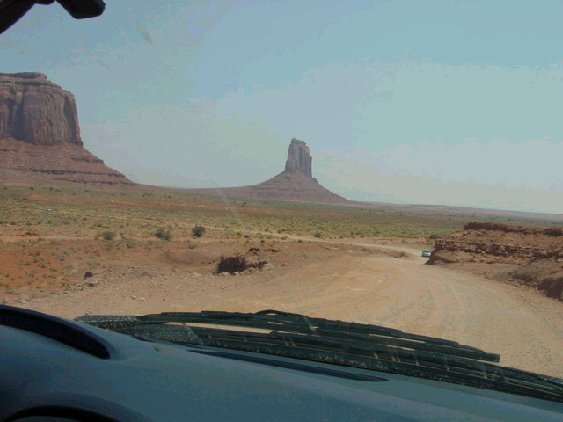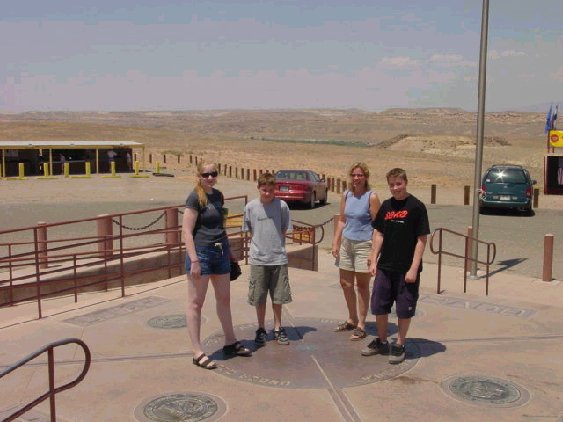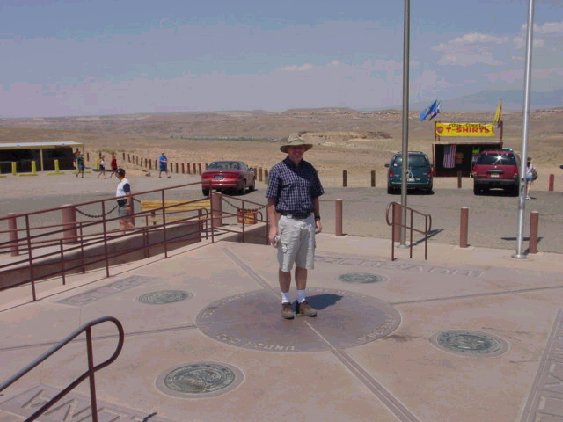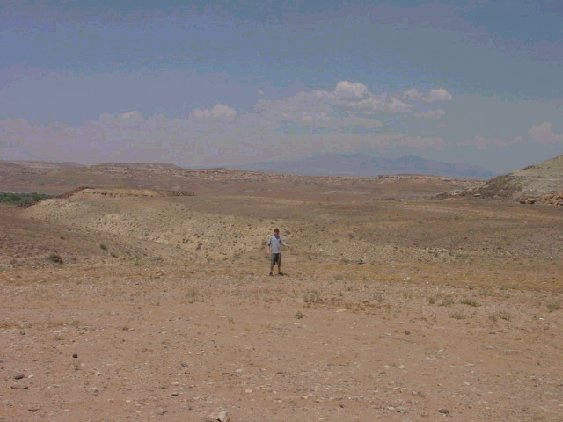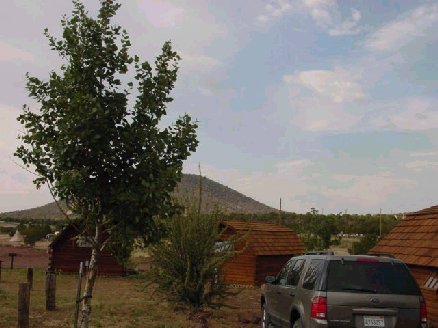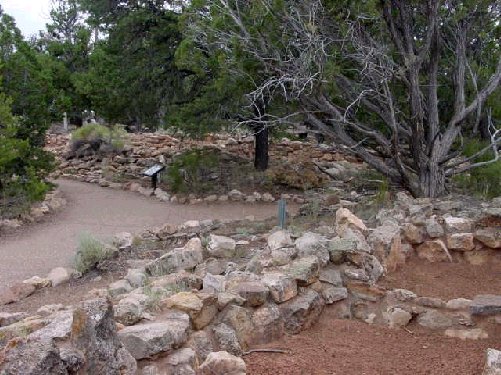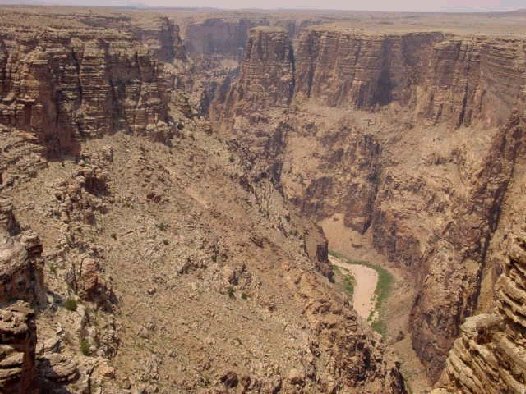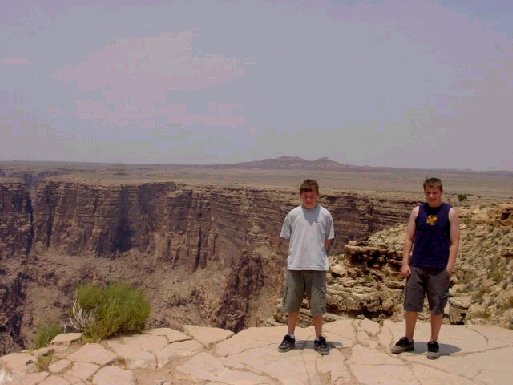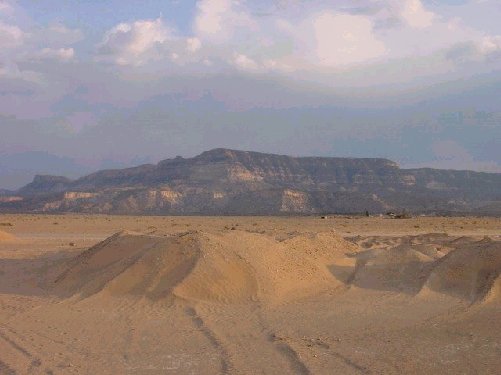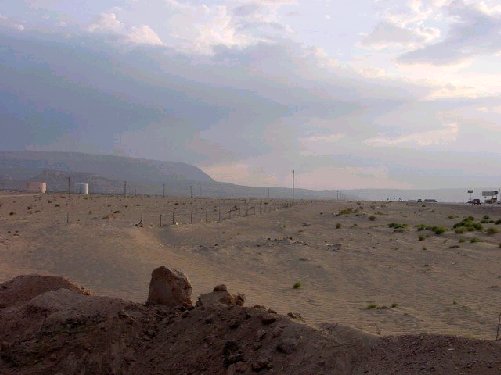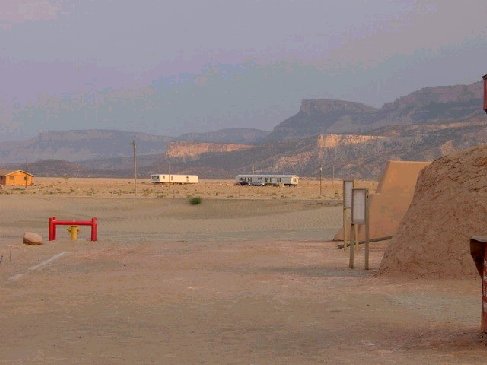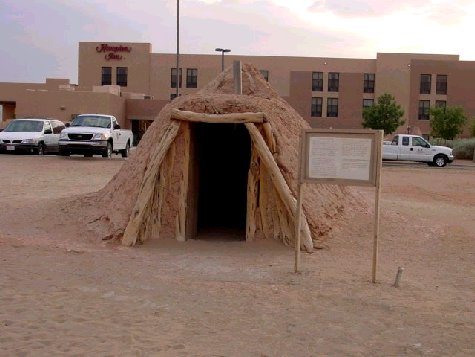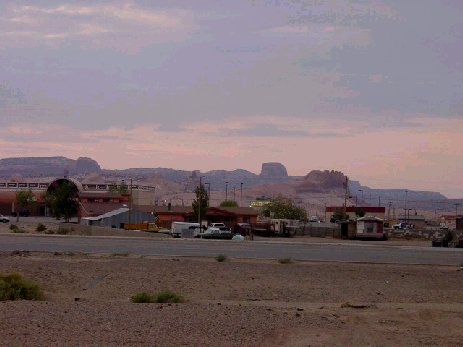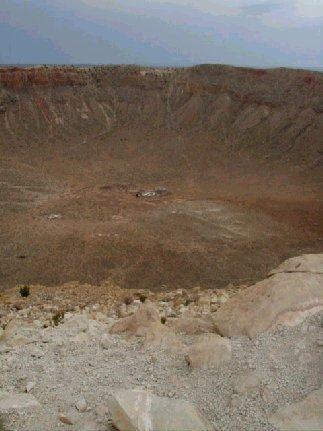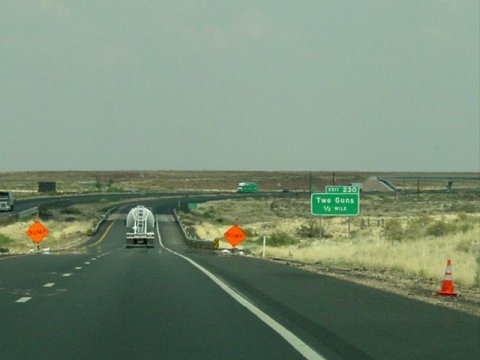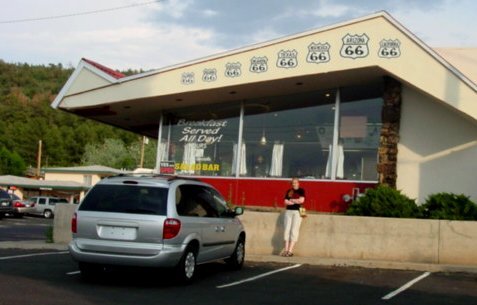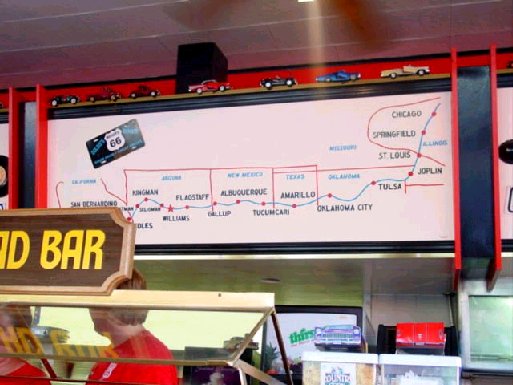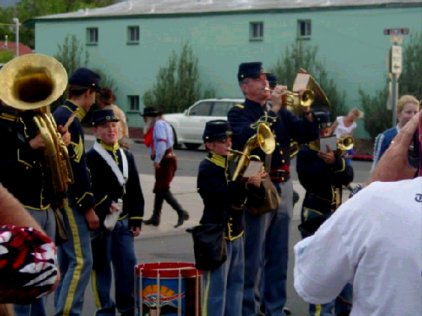We got back “home” to northern Virginia yesterday. We are staying at the Courtyard Inn at Manassas battlefield. In the South they call the battles first and second Manassas. In the North they are better known as the battles of Bull Run. The Rebels tended to name the battles after nearby cities. The Yankees favored geographical features. Bull Run is a creek that runs through the battlefield. Since it is located in Virginia, the National Park Service uses the local name – Manassas. The big battle that took place in September 1862 in Maryland is called Antitem. Southerners call is Sharpsburg after the town. In Maryland, the National Park carries the Yankee name.
Alex and I went to the battlefield. First Manassas, the first big battle of the Civil War took place right about this time in 1861, so we were feeling similar weather and seeing similar sights. I thought about Wilbur McLean. He lived on what became the battlefield before the war. The Rebs commandeered his house as an HQ and it suffered severe damage. After the battle, Wilbur decided he didn’t want to be in such an action filled area, so he moved south to a peaceful little place called Appomattox. When Generals Grant and Lee came to terms in April 1865, they commandeered his parlor to sign the armistice. Trouble just follows some people..
Peaceful farmland of N. Virginia, site of the first battle of the Civil War. It was hazy. On clear days you can see the Blue Ridge. This part of Virginia is one of my favorite regions in the world. It is not breathtaking, but it is green and pleasant. During the Civil War there were not so many trees, as you can see from old pictures. Horses needed pasture.

“There stands Jackson like a stonewall. Rally behind the Virginians!” This is the place where Thomas Jackson, later always called stonewall, stopped a Union victory at first Manassas. I don’t suppose he was as muscular as the statue implies. The terrain is rolling and large numbers of troops can be concealed in the undulations. The Yankees were surprised when they ran into the Rebs behind the hill. Jackson was an instructor at VMI in Lexington. He studied the campaigns of Napoleon and believed in the bayonet. He had trained his men well in its use. The Civil War was a time of technological change, as the rifle was replacing the smooth bore musket. Bayonets and even pikes were still effective weapons at the start of the war and both sides were fond of the charge. Unfortunately, the longer range of the rifle was making this a deadly – if heroic – anachronism. The next year, at Fredericksburg, not far from here, the Union spent many thousands of lives charging entrenched Southern positions. The Union paid them back in kind at Gettysburg in 1863. Southerners boasted of Pickett’s charge for the next fifty years, but it was a mistake.
